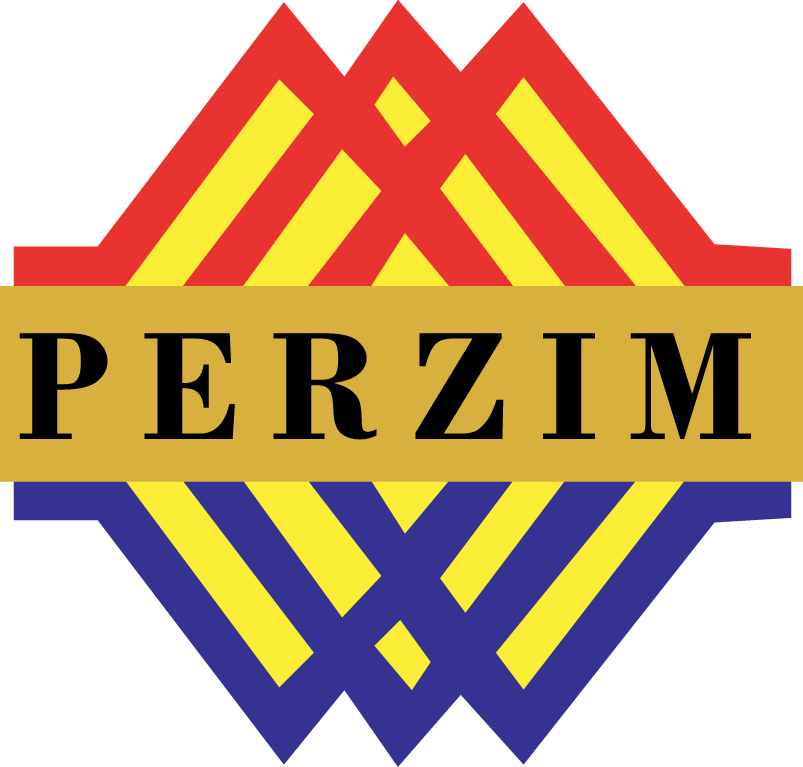PORTUGUESE HERITAGE GALLERY
History Of The Coming Of The Portuguese To Melaka
11 SEPTEMBER 1509
Diego Lopez de Sequeira led five ships in the expedition for establishing diplomatic and trade relations in Melaka. At first, the presence of the Portuguese was welcomed, but the Gujarati traders knew about the Portuguese in India and thus incited the Bendahara (a high-ranking Melaka official) not to become well with the Portuguese while at once capturing the Portuguese. As a result, a total of 18 Portuguese were apprehended.
25 JULY 1511
Fierce clashes happened between the Portuguese army led by Alfonso de Albuquerque and the Malay army together with mercenaries of the Melaka Sultan which comprised of Javanese. Many fighters from both sides sustained serious injury and perished. In the end the Portuguese had to retreat to their ships, taking their wounded soldiers with them. The captains of the Portuguese army wanted to retreat back to Goa, but Albuquerque remained determined to capture Melaka.
10 AUGUST 1511
Alfonso de Albuquerque launched a second attack. This time around, the mercenaries of the Melaka Sultan, who were the Javanese, did not assist. Sultan Ahmad himself rode his elephant to give encouragement to the Malay soldiers but they still failed to fight the onslaught of the Portuguese army. Finally, Melaka was conquered.
24 AUGUST 1511
Albuquerque issued an order for all the treasures in the city of Melaka to be seized, therefore the Portuguese army took possession of all the wealth of the city of Melaka and of the Sultan. The treasures seized included gold bars, gold utensils, golden chairs, golden vases, gemstones, silk cloths, fragrances and other valuable items, as well as between 2,000 to 3,000 copper cannons.
14 JANUARI 1641
Melaka fell into the hands of the Dutch. The Portuguese raised a white flag as a sign of surrender. The Portuguese conquered Melaka for 129 years, 3 months and 4 days. The Dutch commandant, Minne Williemson Kaartekoe who was staying in a camp near Kampung Keling village entered the Portuguese fort to discuss with the Portuguese Governor, Manuel Souza Coutinho, regarding the submission of authority and the terms and conditions of the Portuguese surrender.
The Opening Of The Portuguese Village
The Portuguese occupation of Melaka for 130 years led to mixed marriages between the Portuguese and the local population that give birth to the Melaka Portuguese community that is assimilated with the culture of the local community. This community continues to flourish in the land of Melaka while practicing local culture and holding on to the religion they profess, which is Christianity of the Catholic faith.
During the Dutch occupation of Melaka, the Portuguese were in a depressed condition due to power struggles and sectarian differences wherein the Dutch are Protestant while the Portuguese are Catholic. Due to this pressure, the Portuguese people left the city area and started settling in other new settlements in Alor Gajah and Melaka Pindah.
Good relations between the Portuguese and the British eventually restored the Portuguese community to the urban areas which were largely around the Bandar Hilir, Tengkera, Bunga Raya, Kampung Tengah and Kubu areas. Finally, in 1933 a dedicated settlement for the Portuguese community was established in Ujong Pasir, Melaka.
Two religious personages played an important role in the establishment of the Portuguese settlement, who were the Rev. J. Pier Francois, a priest from the Church of St. Francis and the Rev. AM Coroado, a priest from the Church of St. Peter. Their effort began being carried out since the beginning of 1926. The appeal for the establishment of this settlement was submitted to Mr. Reginald Crichton who was the British Resident Counsellor in Melaka and Mr. E.Y.G. Day, the State Land Revenue Collector of Melaka, who finally agreed to establish a special village for the Portuguese community.
A plot of land of approximately 28 acres in Ujong Pasir was gifted by the British administration to be used as a Portuguese village. At that time, the price valued for this property was about $30,000.00. The area around this village land was originally a swampy forest filled with nipah palm trees.
In 1930, the government through the Public Works Department (Jabatan Kerja Raya) started land reclamation works that took about 3 years. After that, around 1933, this area began to be occupied by the Portuguese community. The village was the also known as ‘Padre Sa Chao’ in the local Portuguese parlance which brings the meaning of ‘the priest land’. In the beginning Rev. J. Pier Francois had chosen to name this village as Kampung St. John (St. John Village) which was used until around the 1940s but later became more popularly known as the Portuguese Village.
The traditional houses in the Portuguese Villages were originally made of wood. The front of the house usually has a small veranda. Tree barks that were painted with white chalk were used as the walls on the outside of the house. The roof was also made from woven nipah palm fronds.
To ensure that the settlement area of the Portuguese community in the state of Melaka is protected, in 2002 the Melaka State Government gazetted the settlement in the Portuguese Village under the Cultural Heritage Conservation and Restoration Enactment 1988 [Enactment No. 6 Year 1988] with gazette number Vol. 46 / No. 14 / 4 July 2002.
Tags

PERBADANAN MUZIUM MELAKA
Kompleks Warisan Melaka, Jalan Kota,
75000 Melaka
Email : [email protected]
Tel : +606 333 3333 / +606 282 6526
Fax : (+606) 282 6745






 Users Today : 548
Users Today : 548 This Year : 255049
This Year : 255049 Total Users : 338908
Total Users : 338908 Total views : 4296466
Total views : 4296466Hakcipta terpelihara Perbadanan Muzium Melaka © 2025.


